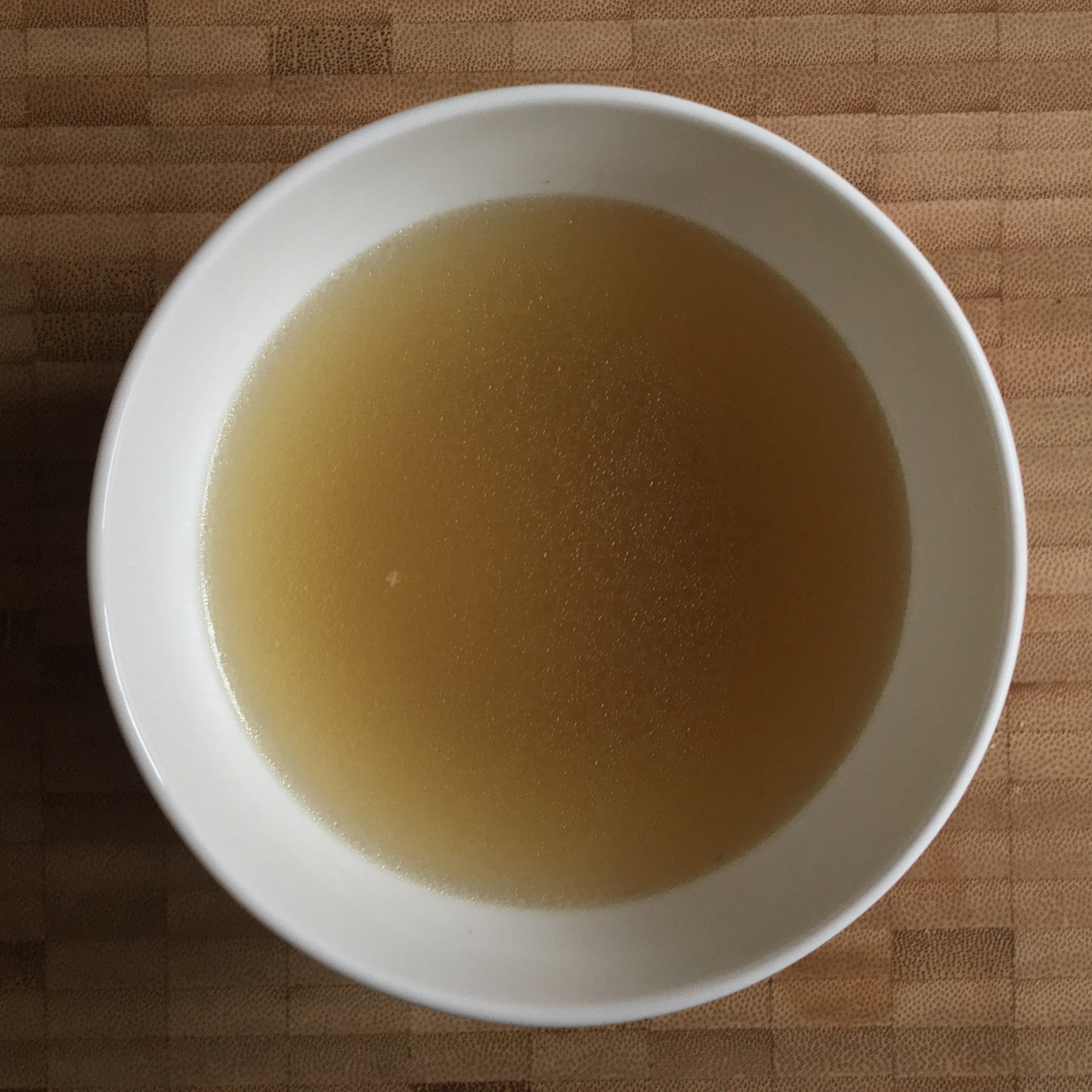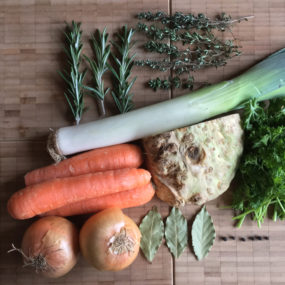Dieser Beitrag enthält Werbung – adverstising.
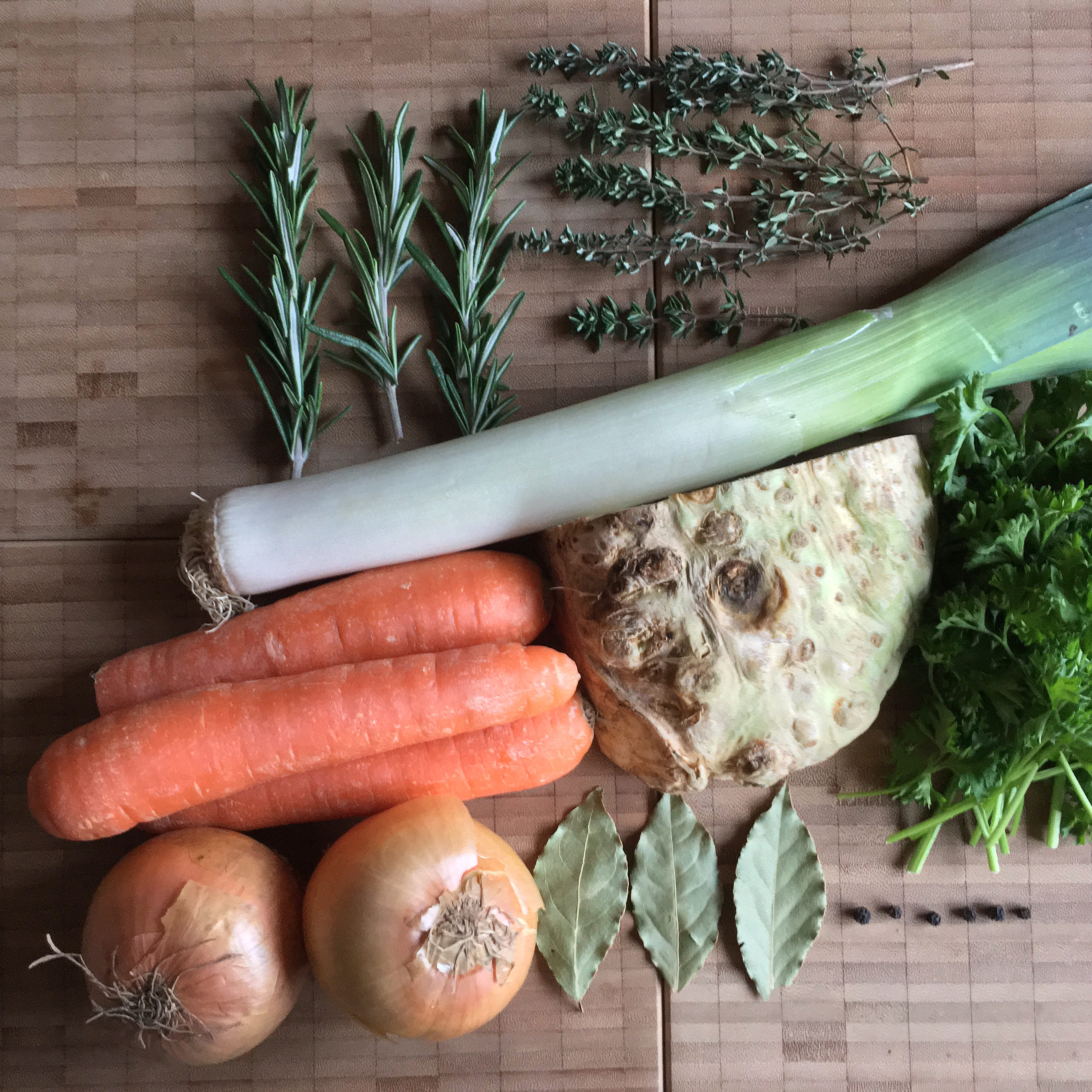
Hello … I’m back from an almost 5-weeks-break resp. time-out resp. downtime or whatever-you-may-call-it.
Mid of December I decided spontaneously to have a long break over the years to relax, to think about my blogging, to plan the next year … & of course manage Xmas stress. (It didn’t matter that we are living in Corona times – Xmas & family challenges didn’t slow down. Only New Year’s Eve & Day became a very relaxed affair.)
Beginning of January I noticed that we – my better half & I – needed some detoxing aka efforts to reduce weight concerning the additionally gained body energy from Xmas season & Corona induced laziness. So I produced home-made stock to get a basis for delicious vegetable soups: easy to prepare, a fast & light lunch, powerful & recharging.
After roaming some of my cookbooks I opted for chicken stock & beef stock. Classic recipes – no choice out of the ordinary. It’s up to the soup to add extraordinary bits & bites to the stock.
The basics for both stocks are the same. Above you see the raw ingredients, below the processed version.
Of course I took photos of the whole action to get some input for my 1st post when resuming blogging. (That’s now!)
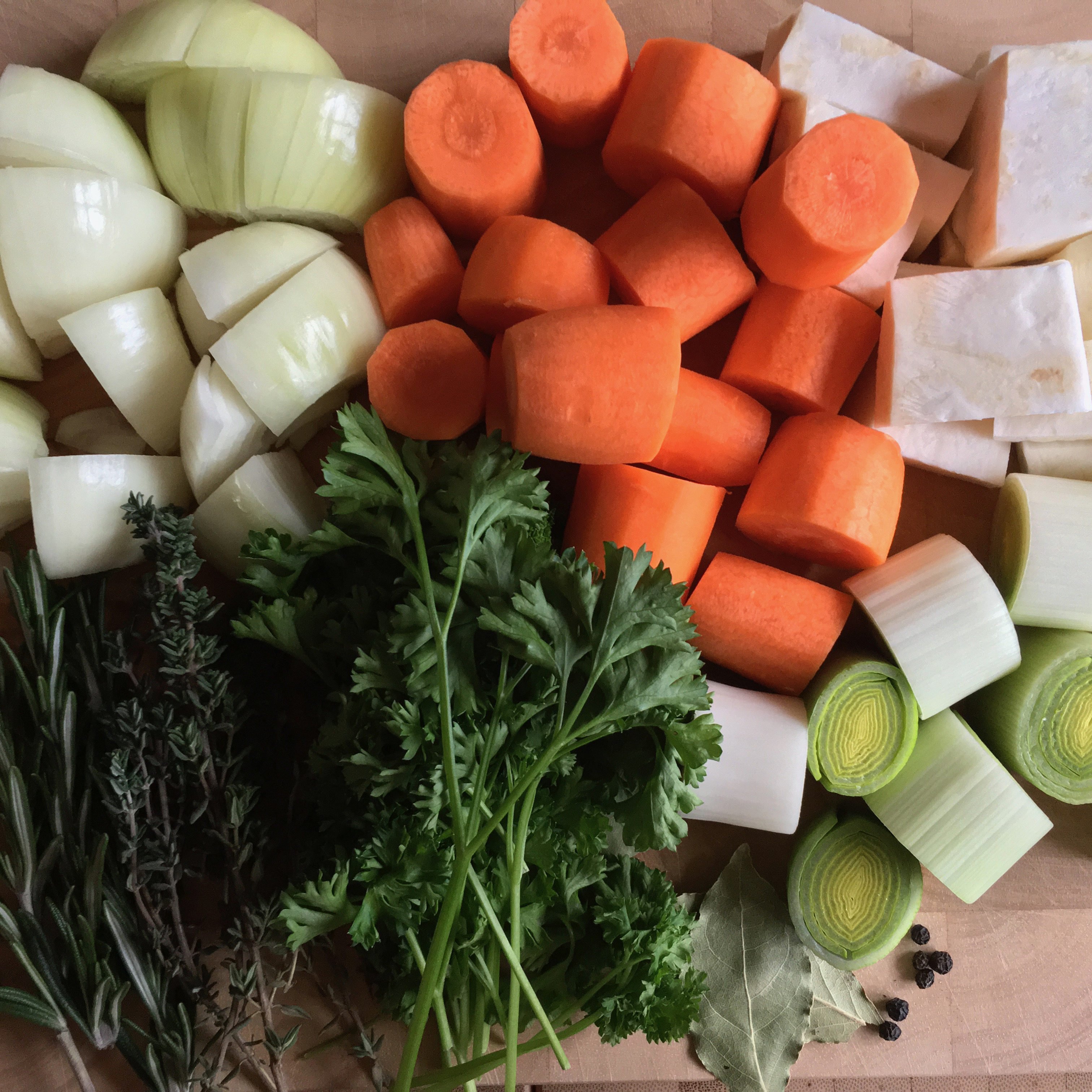
So far so good … what else happened during my break?
Well … of course … Xmas season: I like Xmas movies & each season I have to watch some of my favorites … like:
- Love Actually (aka Tatsächlich … Liebe) – launched 2003
- The Holiday (aka Liebe braucht keine Ferien (a stupid title in German)) – launched 2006
- White Christmas (aka Weiße Weihnachten) – launched in 1954
I always have time for these … make time for them.
Additionally I made a deep dive into:
- The Thin Man (aka Der dünne Mann) – launched in 1934
- After the Thin Man (aka Dünner Mann 2. Fall) – launched in 1936.
Both movies are set around Xmas & New Year’s Eve/Day, however, I rather watched them because on my crime blog I planned a post about Dashiell Hammett & The Thin Man.
If you ask about present-day Xmas movies … most of them a rather poor concerning emotions, ambience & getting teary-eyed (my view of the state of the art).
Back to stock production … The usual suspects in stock production are:
- celeriac
- leek
- onions
- carrots.
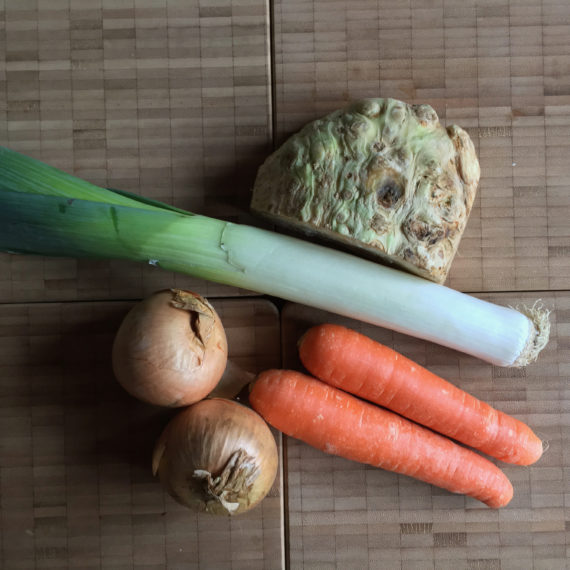
… & to add some more flavor:
- parsley
- thyme
- rosemary.
Not to forget (however, not in the photo below):
- black pepper
- bay leaves.
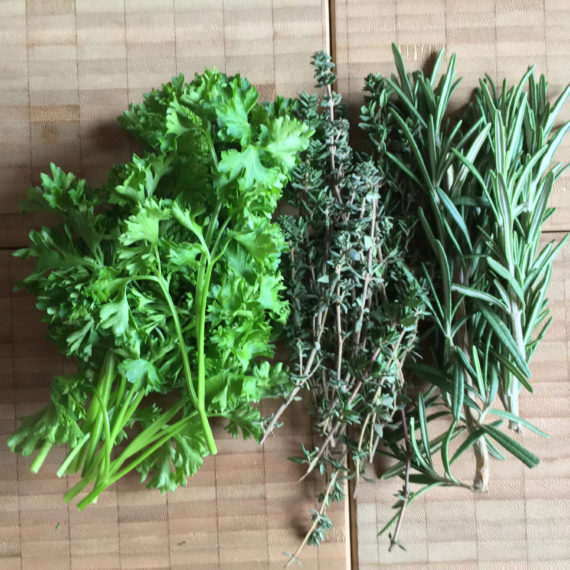
Starting stock production is easy & means just cleaning & trimming everything as well as peeling & roughly chopping up all the vegetables. You need not chopping or even mincing the fresh herbs.
Afterwards just take a big pot, fill it w/ cold water & add everything – the complete no-meat stuff.
Coming now to the crucial ingredients … the meat. It gets bloody …. which reminds me …
Another feature of my break phase was binge watching. The days are short, daylight is often poor, it’s cold outside & we live in Corona times confined to our homes – perfect for any binge watching adventures.
It started when we bumped into one of the Harry Potter movies on TV, somewhere in midstream. My better half & I didn’t start any long discussion, but went upstairs looking for our Harry Potter box. It was absolutely fascinating to watch the evolution of Harry & his friends & foes over the years.
Afterwards we indulged in some more series like:
- Trial and Retribution (aka Der Preis des Verbrechens) – launched in 1997
- Prime Suspect (aka Heißer Verdacht) – launched in 1991
- Luther – launched 2010
- Deadwind – launched in 2018.
Some series, even if more than 20 years old, are equally thrilling & exciting as rather new series – not to mention the level of violence. In other words: you need no young hackers, sneaky computer networks etc. or any plans trying to destroy the world for enjoying crime & moments of thrill.
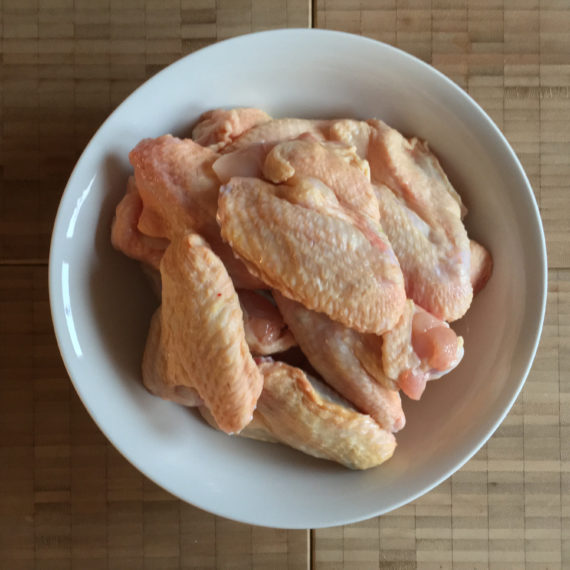
Back to stock production …
I bought a big batch of giblets & some beef for making soup together w/ bones (see below). While the giblets were fine as they came home I had to cut the beef into large pieces.
Furthermore … no – nothing except putting the giblets in the pot w/ the cold water & the vegetables & herbs. Start heating the mess & bring it to a boil. Then reduce the heat so that all may simmer for some hours. (If there is some foam, more foam than you like, just skim it w/ a spoon.)
Next day the same procedure for the beef …
Some hours later fish the big chunks that survived the hour-long cooking out of the stock & strain the liquid through a fine, a very fine colander. Nothing should end in your bowl but clear stock.
What about the meat?
Discard all bones. Discard any flabby parts of the meat especially the skin. The rest may be pulled to pieces & rescued for further use – whenever you like or however …
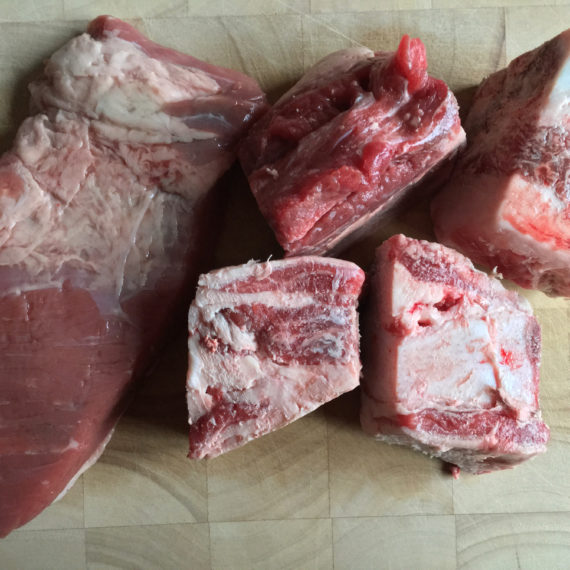
You may freeze the stock; I use containers of about 400 ml. That’s just right for the 2 of us when doing lunch or dinner. Finally I got about 7 containers filled w/ chicken stock & about 8 containers w/ beef stock.
Whenever we like some soup we defrost a container & bring the stock to a boil. In the meantime I chop some carrots or potatoes, some spring onions, some snow peas, some mushrooms, some cauliflower or broccoli, some courgette, some … whatever. Peas don’t need to be chopped! Noodles of any kind or rice are fine w/ any soup. Finally add some small sausages or fried minced meat or … It’ll take not longer than 10-15 min to get a delicious hot soup – an individually designed soup.
Of course you may also go the Southeast Asian way … adding some spices, ginger, lemongrass & special noodles … I think you got it.
… & I got some understanding of a new WP feature during my Xmas break. About 2 years ago WP launched a new editor called Gutenberg which I let chill in my to-do list because the classic editor still works fine w/ constant updates. My experience w/ any software also always said: never start too early w/ a new feature because of teething troubles.
Beginning of January I started fiddling about w/ Gutenberg – mainly reducing its enormous range of features to my needs. (I was triggered by the announcement that the classic editor will go into no-longer-maintenance mode end of 2021.)
Now it’s the 1st post written in Gutenberg. It works.
I learnt that I’ll have to update resp. phase out some plugins … ok – I’ll be busy w/ my private maintenance work (let’s call it so!) during the next months.
Back to stock production …
You definitely need a big pot. My biggest pot has a capacity of 6 l. Starting w/ 4 l of cold water & all the ingredients just fills it up to the brim. (In one of my cookbooks I found a recipe which started w/ 8 l cold water … I realized when having a crucial look at my biggest pot that this was far too much.) So check the capacity of your biggest pot.
… & another point: I didn’t use any salt when cooking the stock. I add salt according to my planned soup w/ its specific ingredients. It works fine. (However, you may add salt when cooking the stock – there are recipes w/ salt & w/o salt to be found.)
… & finally:
Home-made stocks are delicious. Home-made stock production is easy, however, takes its time – too much time when you are busy w/ your business life.
For the record:
There are excellent stocks available at your trusted food store w/o anything that shouldn’t exist in a stock (preservatives, flavor enhancers …). I often rely on those offers whenever I need some stock … & I don’t have enough time & leisure to do my homework.
Is any home-made stock better than a 1st classic store-bought stock? I won’t enter that minefield.
So keep in mind all your possibilities & decide what suits you best anytime.
Enjoy!
- 250 g celeriac (about 200 g after trimming & peeling)
- 1 leek (about 150 g after trimming & peeling)
- 2-3 carrots (about 250 g after trimming & peeling)
- 2 onions (about 200 g after trimming & peeling)
- 3 bay leaves
- 3 twigs rosemary
- 5 twigs thyme
- 1 packet parsley
- 6 black peppercorns
- 4 l cold water
- 1 kg giblets
- 4 l cold water
- 400 g beef for making soup
- 600 g bones
- pot w/ a capacity of 6 l
- very fine colander
- Clean the vegetables & the herbs. Trim & peel the vegetables & chop roughly.
- Fill a big pot w/ cold water & add the vegetables & herbs.
- Clean the giblets as far as it seems necessary.
- Add the giblets to the pot filled w/ water.
- Clean the beef & the bones – if necessary.
- Cut the beef into big pieces.
- Add the meat to the pot filled w/ water.
- Bring it to a boil (about 15-20 min).
- Reduce heat to allow simmering (about 3½ hours) w/o lid on top.
- Fish out any big chunks of vegetables & meat. Discard the bones & any flabby parts of the meat. Save the rest of the meat for future use.
- Strain the stock through a fine colander & put in appropriate containers (for freezing).
